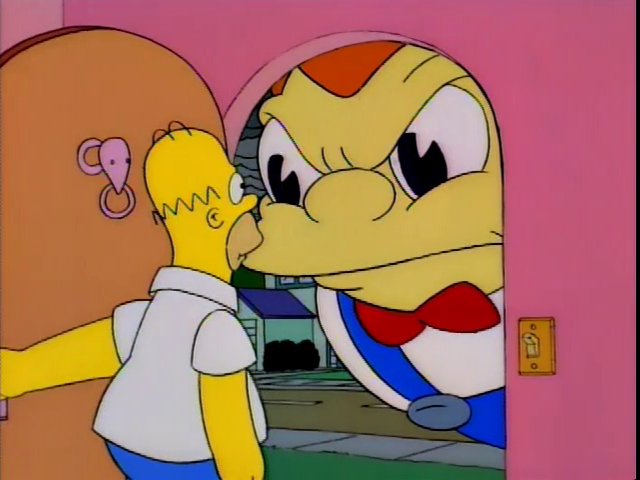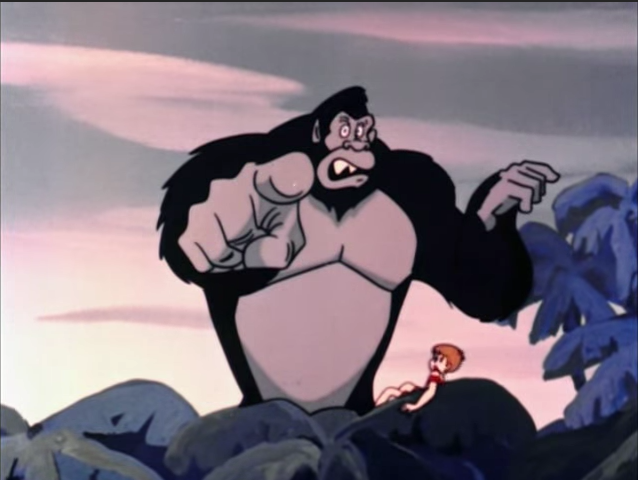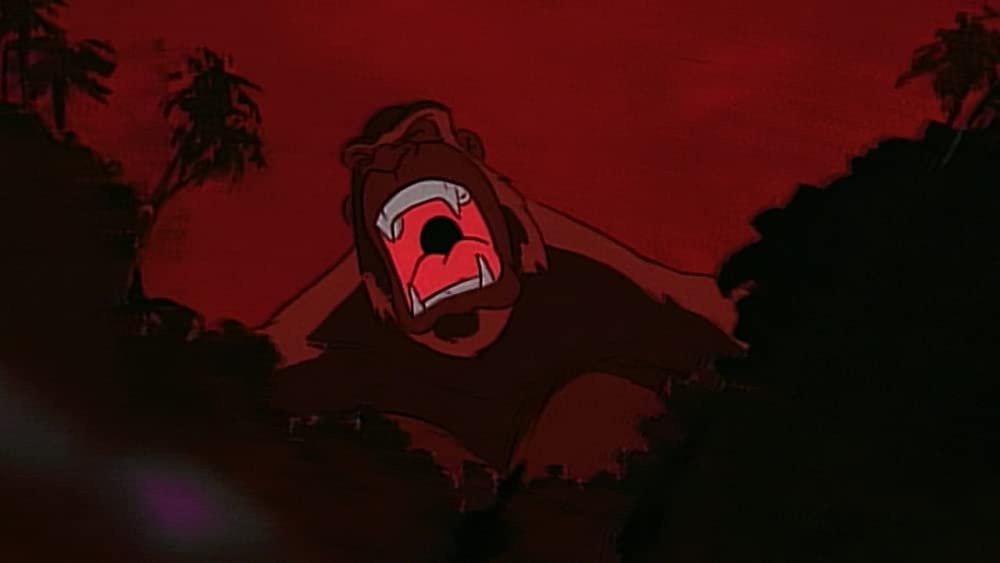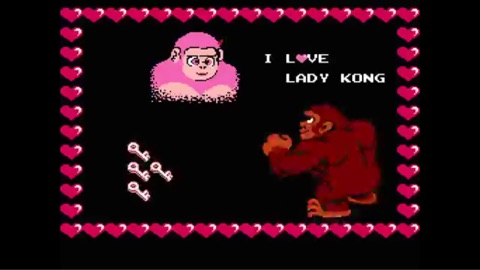
There’s been plenty of harping on this webzone about the importance of gateway media when it comes to monster stuff especially—few of us would ever think to be interested in this stuff if not for something else, likely with a broader reach, introducing us to it. Much of the time, that gateway comes from a writer or artist calling back to something that was important to them, sharing that love across the years to another generation, and making the younger and less familiar members of the audience curious about what those things are. That could be a more straightforward informative work, or a homage with more modern sensibilities, or an affectionate parody. Let’s talk about that third one.
Plenty of kids watched The Simpsons, and it became a part of us all by pitching plenty of jokes at our younger level while also throwing in many adult-oriented ones that we could look back on and appreciate later. That’s especially true for reference-based jokes—there’s a number of direct nods to movie and television especially, with full scenes from Citizen Kane and The Godfather recreated on a regular basis (and even more hardcore callbacks to things like William Friedkin’s Sorcerer), down to the shot composition and staging. There’s so many that fans would be able to stitch together those jokes to make passing facsimiles of the movies themselves. This is a perfect example of gateway media: many people were probably introduced to these things through The Simpsons, and sometimes don’t even know it until they decide to check out the source material themselves.
This is especially true for the show’s annual Treehouse of Horror Halloween specials, a staple since the second season in 1990, each consisting of a collection of short segments that are more often than not directly lifted from famous horror stories. The Treehouse specials are an important venue not just for the writers and animators to shove in even more parodies, but also to allow them to go outside the (relatively) grounded nature of the show and really up the wackiness, and especially up the bloodshed in a winkingly grotesque manner—I can imagine getting to reshape and slaughter this series’ beloved cast over and over again is really fun for the people behind the scenes. Of course, if they’re doing parodies of scary stories, that’s going to include a fair share of classic monster stories as well (while the Treehouse segments would include more contemporary references, a good chunk of them from the first ten or so years were based on decades-old standards)—so, basically, the same things I write about on here. I mean, the mascots of these episodes are Kang and Kodos, a pair of classic Bug-Eyed Monsters that are a perfect Simpsons distillation of pulp Sci-Fi from the forties and fifties, so it’s clear that monster stuff is close to the hearts of the crew. For this post, I’ve singled out three segments from three different Treehouse of Horror episodes, all of which demonstrate how well-observed and inventive The Simpsons‘ comedy recreations of monster media could be.


